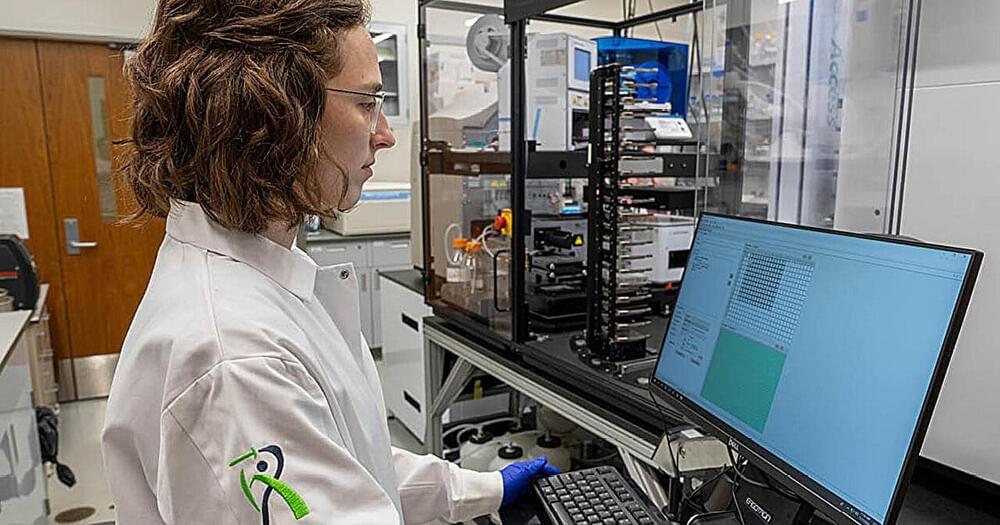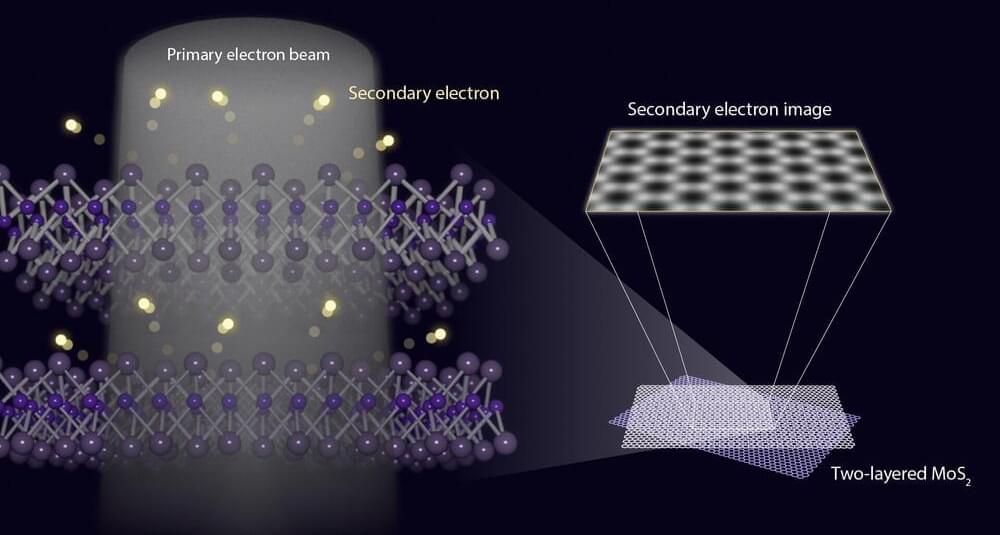SpaceX is preparing to launch the sixth Starship flight test. The window for the launch opens at 4 p.m. local time on Tuesday. The company has confirmed on its website, and X, that it is targeting a potential catch of the Super Heavy test vehicle, if flight parameters allow for it. SpaceX will also try to re-ignite a single Raptor engine in space to demonstrate deorbit capabilities.
Window Opens: November 19th at 4PM CST (22:00 UTC)
Window Closes: November 19th at 4:30PM CST (22:30 UTC)
Mission: Starship’s sixth fully integrated test flight.
Launch location: Orbital Launch Pad A, Starbase, Earth.
Target orbit: Trans-atmospheric.
Booster: Booster 13
Booster recovery: Orbital Launch Pad A launch tower arms.
Ship: Ship 31
Ship recovery: Will attempt soft splashdown on the Indian Ocean.
Rocket trajectory: Straight east over the Gulf of Mexico.
Stats:
· SpaceX’s 119th launch of the year and the 11th launch of the month.
· Starship’s 6th launch.
· 2nd Super Heavy recovery attempt.
⚡ Become a member of NASASpaceflight’s channel for exclusive discord access, fast turnaround clips, and other exclusive benefits. Your support helps us continue our 24/7 coverage. ⚡
🔍 If you are interested in using footage captured by this stream, please review our content use policy: https://www.nasaspaceflight.com/conte…
LDAPAABJRG2UMCU3.







